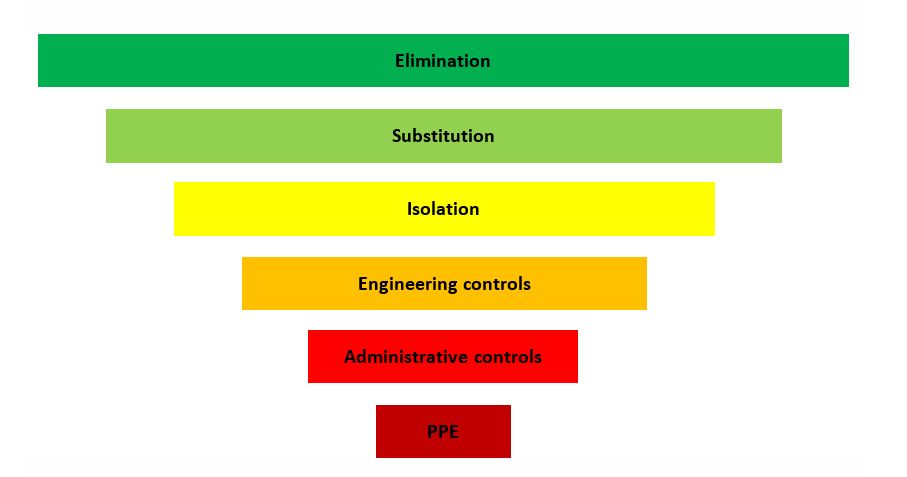As an employer, it is your responsibility to ensure the health and safety of your employees, not just in terms of physical health, but also in terms of mental health. An area of workplace health and safety legislation that has developed rapidly is how employers are expected to manage psychosocial hazards in the workplace.
Psychosocial hazards refer to the environmental and social factors in the workplace that can affect the mental and emotional health of employees, in some cases creating a risk of psychological harm. These hazards can come in many forms, such as excessive workload, lack of support from colleagues and management, bullying and harassment, and poor communication within the organization.
As an employer, you have an obligation to identify and manage psychosocial hazards in the workplace. This includes assessing how the hazards may interact and combine to create risks, implementing measures to reduce or eliminate the risks, and monitoring the effectiveness of these measures.
What are the legal requirements?
As with physical risks, employers are required to implement and follow a risk management process for the management of psychosocial risks. This means employers should:
- identify reasonably foreseeable hazards that could give rise to psychosocial risks;
- eliminate risks, so far as is reasonably practicable;
- minimise the risks so far as is reasonably practicable (if it is not reasonably practicable to eliminate the risks); and
- maintain, review and revise control measures as and when necessary.
In addition to these requirements, 6 out of 8 jurisdictions in Australia have implemented the model Code of Practice in relation to the management of psychosocial hazards at work. The comprehensive Code of Practice includes advice on identifying and managing risks and methods for tackling some common psychosocial hazards, such as having low job control.
It is recommended all employers familiarise themselves with the Code of Practice and take steps to identify and control the psychosocial hazards present in their workplaces. This both decreases the risk of psychological harm to workers and is likely to increase employee wellbeing and productivity.
Some jurisdictions have imposed additional requirements on how employers manage psychosocial risks. Queensland and the Commonwealth jurisdiction require employers to tackle psychosocial risks using the risk management provisions in the model Work Health and Safety Regulations, including by applying the hierarchy of control measures to psychosocial risks:

In summary, the requirements imposed on employers will vary depending on which state or territory they are operating in. This table summarises whether there are applicable Codes of Practice and Regulations relating to psychosocial risks in each state and territory.
| Jurisdiction | Is a Code of Practice relating to psychosocial risks in force? | Have they adopted the model WHS Regulations relating to psychosocial risks? |
| New South Wales | Yes – Code of Practice: Managing psychosocial hazards at work | Yes |
| Australian Capital Territory | No | No |
| Victoria | No | No, although there is a proposed amendment currently under consideration |
| Queensland | Yes – Managing the risk of psychosocial hazards at work | Yes – with the addition of requiring the hierarchy of controls to be used |
| South Australia | No | No |
| Western Australia | Yes – Code of Practice: Psychosocial hazards in the workplace | Yes |
| Northern Territory | It will shortly implement the national Code of Practice. | Yes – commencing 1 July 2023 |
| Tasmania | Yes – it has implemented the national Code of Practice. | Yes |
Managing risks in practice – an example
Alex is looking at the potential psychosocial risk in their business. Alex owns and operates a clothing store in a shopping centre and employs mostly casual staff. When considering the some of the psychosocial hazards that are present in the workplace, Alex notes that the staff have little control over when and how the work is done. Alex realises the staff are also unclear on their priorities and are required to get approval for most tasks. Alex decides these two hazards (low job control and lack of role clarity) act together to create a psychosocial risk. Alex decides that although they can’t eliminate this risk, they can minimise it by having more regular team meetings so that everyone can have input into decisions that are being made within the business. Alex implements job descriptions and gives the staff some guidelines about what elements of the job they can exercise their discretion on, and what elements will require approval.
Learn more
One way to ensure that you are meeting your obligations as an employer is by attending the ‘Identifying and Understanding Psychosocial Risks’ webinar hosted by NRA Legal’s work health and safety experts on 5 July 2023 at 9:30am. This webinar will provide valuable insights into how to identify and manage psychosocial risks in the workplace, as well as practical strategies for creating a healthy work environment. Register here to secure your spot.


